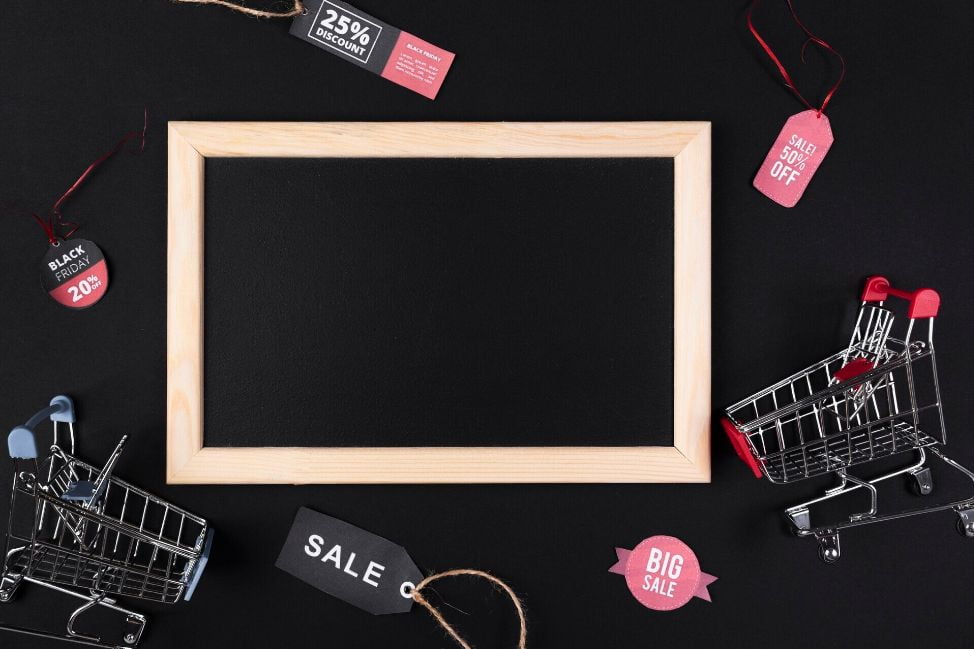Upselling and cross-selling are two popular sales techniques that are often confused. While both involve offering additional products or services to customers, there is a big difference between the two. Upselling is about convincing customers to buy a more expensive version of an item they are already interested in, while cross-selling involves recommending related items that customers may not have considered.
Understanding the difference between upselling and cross-selling can help you use these techniques to boost your sales.
Definition of upselling and cross-selling
Cross-selling entices customers to purchase related or complementary products, whereas upselling motivates them to purchase a comparable higher-end product than the one under consideration. Although they are frequently used interchangeably, both have unique advantages and work well together.
When done correctly, upselling and cross-selling increase income without paying the ongoing costs of various marketing channels while giving clients the most value possible.

Upselling and cross-selling are identical in that they both focus on adding value to customers rather than restricting them to previously met products. In both cases, the company goal is to boost order value and educate clients about alternative product options they may not be aware of.
The key to success in both is fully understanding what your customers value and then delivering products and features that match their needs.
Focus of upselling
When upselling to customers, comparison charts are frequently used. Increase AOV and help customers leave happier with their purchase by letting visitors know that other models or versions might better suit their needs. Companies that succeed at upselling help buyers comprehend the value they will receive by purchasing a higher-priced item.

Focus of cross-selling
Cross-selling refers to the marketing of goods that fill complementary, supplementary demands that the initial product did not. For instance, a person buying a blow dryer might cross-sell a comb. Cross-selling frequently directs customers to goods they would have bought anyhow; by presenting them at the appropriate time, a retailer assures they make the sale.
It is common in all sectors of business, including banks and insurance companies. While life insurance is frequently recommended to customers purchasing auto insurance, credit cards are frequently cross-sold to people opening savings accounts.

Cross-selling is frequently used in eCommerce, including on product pages, in checkout processes, and in lifecycle campaigns. It is a very efficient strategy for getting clients to make repeat purchases by showing them the variety of a catalog.
Cross-selling can introduce customers to products they were unaware you had, boosting their trust in you as the best shop to meet their needs.
In Conclusion,
Upselling and cross-selling are both great techniques to increase sales, but they should be done in different ways. Upselling is convincing a customer to buy a more expensive product or version of the same product. Cross-selling is recommending a related product that may also interest the customer.
OrderBooster can help you with both methods by providing simple product recommendations on your website or app. With OrderBooster, you can easily increase your sales without any extra effort! Have you tried using OrderBooster for upsells and cross-sells? Let us know how it went in the comments below!









